Table of Contents
If your business isn’t listed on the Udyam portal, you’re basically invisible to the government—no priority sector loans, no tenders, no subsidies. Udyam registration is no longer a nice-to-have; it’s your MSME passport. So who can apply for Udyam?
As of February 4, 2025, the portal has welcomed a staggering 5.93 crore registered MSMEs, mostly micro-sized businesses. That’s nearly 26 crore jobs linked to formal recognition—proof this system is now the backbone of small-business India.
But not every operation qualifies. With tweaked thresholds for investment, turnover, and entity types expanded, eligibility has changed. This refreshed 2025 guide navigates who can register, what counts, and what you need—so you don’t stumble at the starting line.
Udyam at a Glance (Feb 4, 2025)
| Registered MSMEs | 5.93 crore |
| Coverage | ~25.18 crore jobs generated |
| Registration Cost | Free |
| Time to Register | 10–20 minutes |
What is Udyam Registration?
Udyam registration is how the government recognises a business as an MSME — that is, a micro, small, or medium enterprise. Without it, you’re not officially on the books, which means you miss out on most benefits meant for smaller businesses.
Udyam is an update to the order Udyog Aadhaar system. It is simpler too. You don’t need to submit physical documents. You don’t even have to upload anything. Just fill out the form online. The numbers are automatically pulled by the system.
Once you register, you get a certificate. It carries your business name, a unique Udyam number, and a classification — micro, small or medium — based on your turnover and investment. That certificate is what banks or government departments will ask for when you apply for MSME schemes.
There’s no fee. And there’s no middleman needed. If you have your numbers in order, you can get it done in less than twenty minutes.
Quick Facts
| Detail | Information |
| Introduced | July 2020 |
| Replaces | Udyog Aadhaar |
| Fee | None |
| Format | Fully online |
| What’s needed | Aadhaar and PAN (linked to the applicant) |
| Time taken | Around 15 minutes |
| Certificate | Issued immediately after registration |
| Who it’s for | Any business that qualifies as an MSME under current rules |
Who Can Register as an MSME?
Not every business qualifies as an MSME. The government has set clear limits — based on how much you’ve invested in your business and how much revenue you’re generating in a year.
Both numbers matter. You have to fall within the limits on both counts to be considered eligible.
MSME Classification Limits
| Enterprise Type | Investment (in Plant & Machinery or Equipment) | Annual Turnover |
| Micro | Up to ₹1 crore | Up to ₹5 crore |
| Small | Up to ₹10 crore | Up to ₹50 crore |
| Medium | Up to ₹50 crore | Up to ₹250 crore |
How It Works
Let’s say your business has invested ₹6 crore in machinery, and your turnover is ₹48 crore. You fall under the Small category.
But if you’ve invested ₹4 crore and your turnover is ₹70 crore, you’re not eligible — because your turnover crosses the limit for any MSME category.
Also important: The limits apply to the total figures across all branches or units you own. You can’t break things up across businesses to stay under the radar.
A Few Notes
- The government checks your numbers using PAN and GST data, so they need to match your filings.
- You don’t have to submit physical proof — but false declarations can lead to cancellation or penalties.
- There’s no lower limit. Even a very small business can register — as long as it’s legally established and the data checks out.
Who Can Apply for Udyam Registration?
Udyam registration is open to most types of businesses, as long as you’re legally operating and meet the limits for investment and turnover. It doesn’t matter whether you work alone, with a partner, or run a registered company — you can apply if you’re doing business and want to be recognised as an MSME.
This includes people running businesses as:
- sole proprietors
- partnerships
- LLPs
- private limited companies
- one-person companies
- Hindu Undivided Families
- co-operatives
- even some trusts, if they’re commercially active
If you’re a trader, you can apply too. Earlier, retail and wholesale businesses weren’t included, but the rules changed in 2021. Now they’re covered under Udyam as long as they meet the usual financial limits.
Freelancers and consultants can register as sole proprietors if they’ve got a GST number or are filing returns. If you’re earning through your work and it’s not just a hobby, you’re eligible.
NGOs usually can’t register unless they’re actually running a business. If the organisation is just collecting donations or giving out grants, it won’t qualify.
If your business is new, but you expect to operate within the MSME range, you can register from day one.
Documents You’ll Need to Register
You don’t really need to upload any documents to get your Udyam registration done, it’s all done automatically. But the portal still asks for a few key details — and it checks them automatically in the background. So before you begin, make sure you have these things sorted.
Aadhaar
If you’re a sole proprietor, use your own Aadhaar number. If it’s a partnership or company, use the Aadhaar of the person who manages the business — usually a partner or director.
PAN
This is non-negotiable. The system uses your PAN to fetch your income tax and GST data. If your PAN isn’t linked properly or the details don’t match, the registration won’t go through.
Phone number linked to Aadhaar
The portal sends an OTP during the verification step. If the mobile number linked to the Aadhaar isn’t active or accessible, you’ll get stuck right there.
Business details
You’ll be asked to enter your business name, address, type of activity (manufacturing or services), and the number of employees. Keep those handy — it’s basic info, but it needs to be accurate.
GST number (if you have one)
Not mandatory, but useful. If you’re GST-registered, the system will pull that data too and auto-fill some fields for you.
That’s all you need. No bank statements, no certificates, no uploads. Just make sure your Aadhaar and PAN are working, your mobile is linked properly, and your business details are correct.
Also — and this is important — don’t pay anyone for this. The entire process is free. You don’t need a middleman or consultant. Just go to the portal and follow the steps yourself. It usually takes less than 20 minutes if everything is in order.
How to Register for Udyam (Step-by-Step)
You don’t need an agent or any special help to register under Udyam. The whole process is online and can be done in one sitting — if you have your Aadhaar and PAN ready.
Here’s how to do it:
Step 1: Open the Udyam portal
Go to the official website: udyamregistration.gov.in
There’s no need to sign up — just click the option to start a new registration.
Make sure you’re not on one of those lookalike websites that charge a fee. The real portal is free.
Step 2: Enter your Aadhaar
If you’re a sole proprietor, use your own Aadhaar.
If you’re applying on behalf of a firm or company, enter the Aadhaar of the person managing the business — a partner or director.
You’ll get a one-time password (OTP) on the mobile number linked to that Aadhaar. Enter it when prompted.
Step 3: Provide your PAN
The system will ask for your PAN and check it against income tax records.
Once it matches, the portal will fetch your business details automatically. You won’t need to upload anything.
Step 4: Fill in your business details
You’ll be asked for a few things:
- Business name
- Type of work (manufacturing or services)
- Address
- Date you started
- How many people you employ
Take a minute to make sure these details are accurate.
Step 5: Review and submit
Check everything once before hitting submit.
If your Aadhaar and PAN are linked and the numbers match government records, you’ll get your registration done right away.
Step 6: Download your certificate
After submission, your Udyam Registration Certificate will be generated. You can download it as a PDF. It will include your Udyam Number — keep that safe, you’ll need it for future reference.
A few important notes
- Your investment and turnover figures are pulled from income tax and GST data — so whatever you’ve filed should match what you claim here.
- No documents are uploaded during this process. It’s based on self-declaration, but the system does background checks.
- You can only register once per business. If you have multiple branches under one entity, you still use a single registration.
- If your PAN and Aadhaar aren’t linked, the system won’t let you move ahead.
That’s it. No paperwork. No consultant needed. If your details are in order, you’ll have your certificate in 10 to 15 minutes.
Why Registering Under Udyam Actually Matters
A lot of business owners think Udyam registration is just a formality. It’s not. Once you’re registered, it opens the door to several schemes and benefits that are meant specifically for micro, small, and medium enterprises.
These aren’t theoretical perks — they can actually save you money, help you borrow easier, and increase your chances when bidding for government work.
Here’s what you get when your business is Udyam-registered:
Access to collateral-free loans
Banks and NBFCs often hesitate to lend to smaller businesses unless there’s something to secure the loan. But MSMEs registered under Udyam can apply for credit under the Credit Guarantee Fund Trust for Micro and Small Enterprises (CGTMSE), which covers loans up to ₹5 crore — no security needed.
Eligibility for government tenders
Certain tenders are reserved only for MSMEs. Being registered puts you in the pool. Some departments also waive off earnest money deposit (EMD) or offer bidding preference for Udyam-registered firms.
Subsidies and incentives
From reimbursement of ISO certification fees to subsidies on patent registrations, registered MSMEs can apply for a range of benefits. These are usually small amounts, but they add up — and many of them go unused simply because businesses never registered.
Priority sector lending
Banks are required to allocate a portion of their total lending to MSMEs. If you’re Udyam-registered, your loan application falls into that category — which can improve your chances of approval, especially with public sector banks.
Protection against delayed payments
Registered MSMEs can file complaints if a buyer — especially a larger company — delays payment. Under the MSMED Act, the buyer must clear dues within 45 days. If they don’t, you’re entitled to compound interest and legal protection.
Simpler approvals and licenses
In some states, Udyam registration is accepted as proof of business activity when applying for trade licenses, factory registrations, or utility connections.
None of these benefits are automatic — you still have to apply or follow the right process — but you won’t even be considered without the registration.
So if you’re running a business that qualifies as an MSME and you haven’t registered yet, you’re probably leaving a lot of value on the table.
Conclusion
If you’re running a business that falls under the MSME category, there’s no real reason to skip Udyam registration. It’s simple, it’s free, and once you’re registered, you’re eligible for benefits that most businesses don’t even know they’re missing out on.
You won’t get access to MSME loans, government tenders, or basic protections under the law without this certificate. That’s just how the system works now.
You don’t need to hire anyone or go through any agent. The portal is built for self-declaration. Just get your Aadhaar and PAN ready, sit down for twenty minutes, and get it done.
It’s one of the easiest things you can do today that might actually help your business tomorrow.
Empowering MSMEs to grow smarter
Tata nexarc delivers powerful solutions for MSMEs—discover tenders, logistics solutions, and streamline procurement. Everything your business needs, all in one place.
FAQs
Can I update my Udyam registration after it's submitted?
What happens if my turnover crosses the MSME limit later?
Do I need to renew my Udyam registration every year?
Can I register multiple businesses under one PAN?
Is Udyam registration mandatory for GEM or CPPP tender participation?
What if I made a mistake in turnover or investment figures during registration?
Do I need a digital signature (DSC) to register?
Can I register without a GST number?
Is there any official helpline for Udyam portal issues?
Does Udyam registration help in getting industry-specific subsidies?
Swati is a passionate content writer with more than 10 years of experience crafting content for the business and manufacturing sectors, and helping MSMEs (Micro, Small and Medium Enterprises) navigate complexities in steel procurement, and business services. Her clear and informative writing empowers MSMEs to make informed decisions and thrive in the competitive landscape.
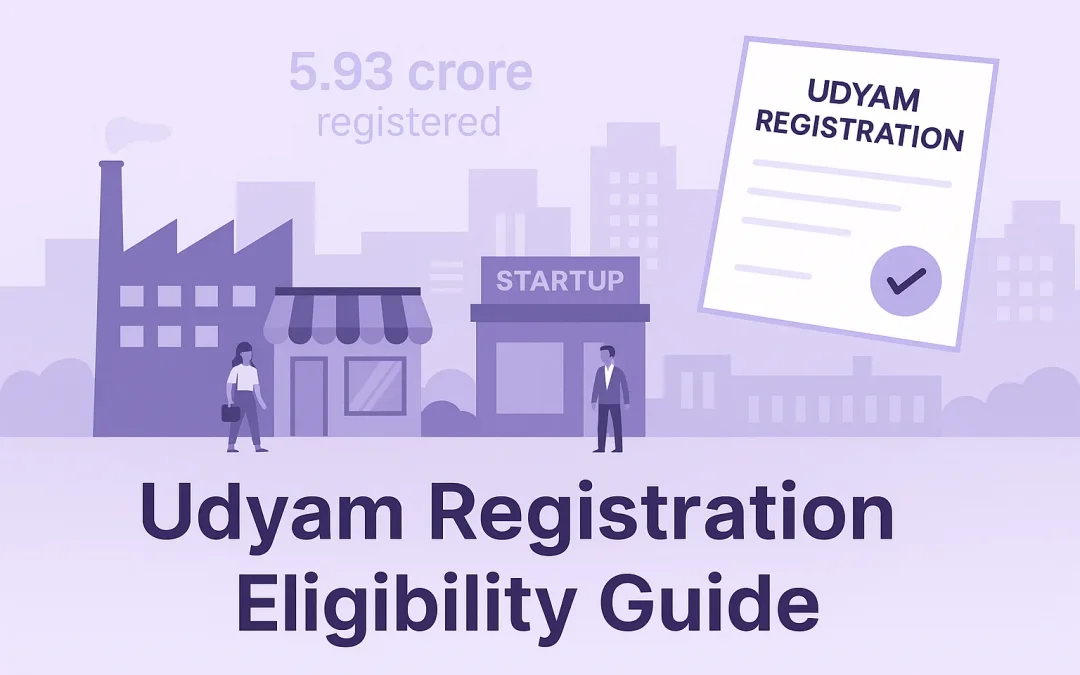

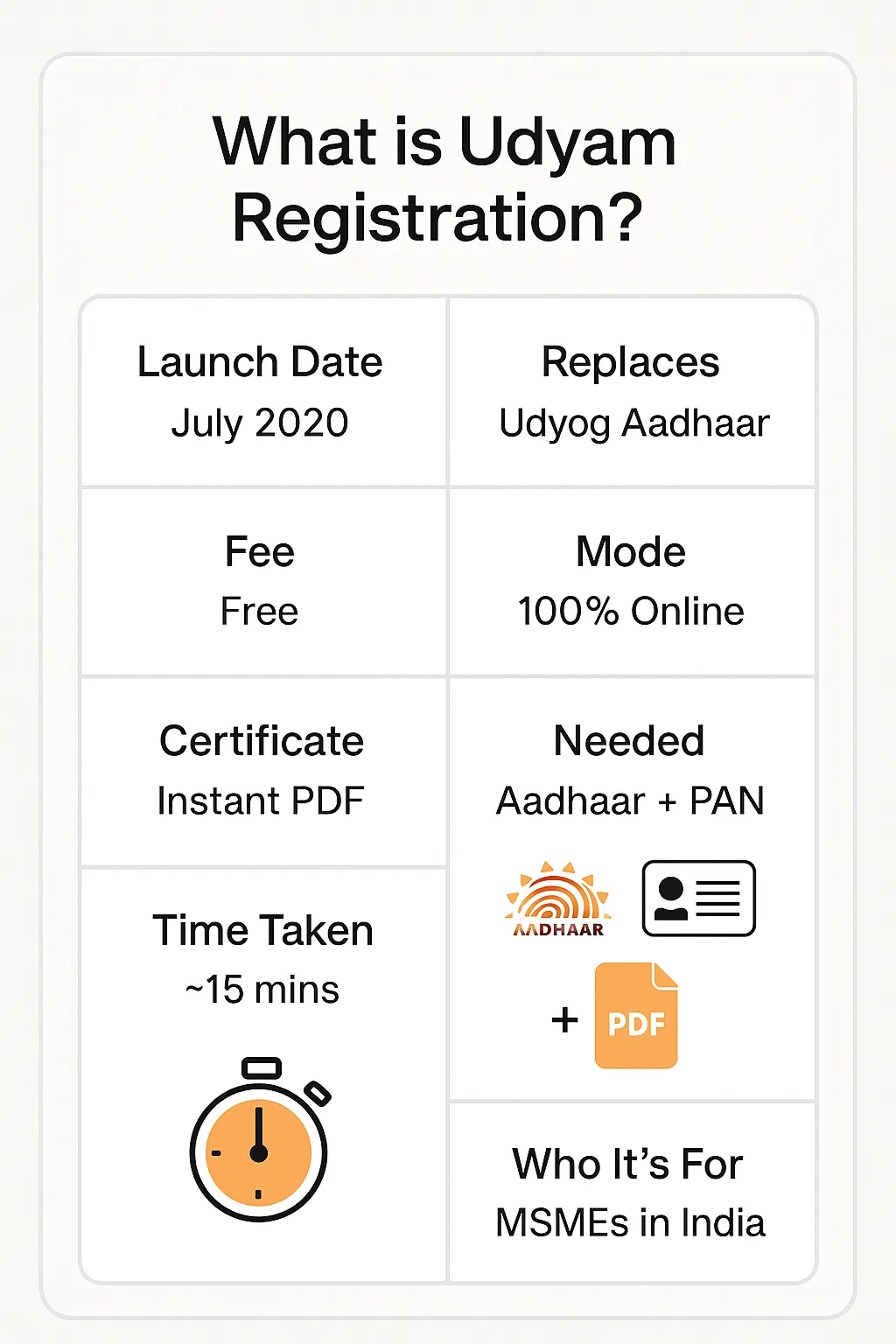
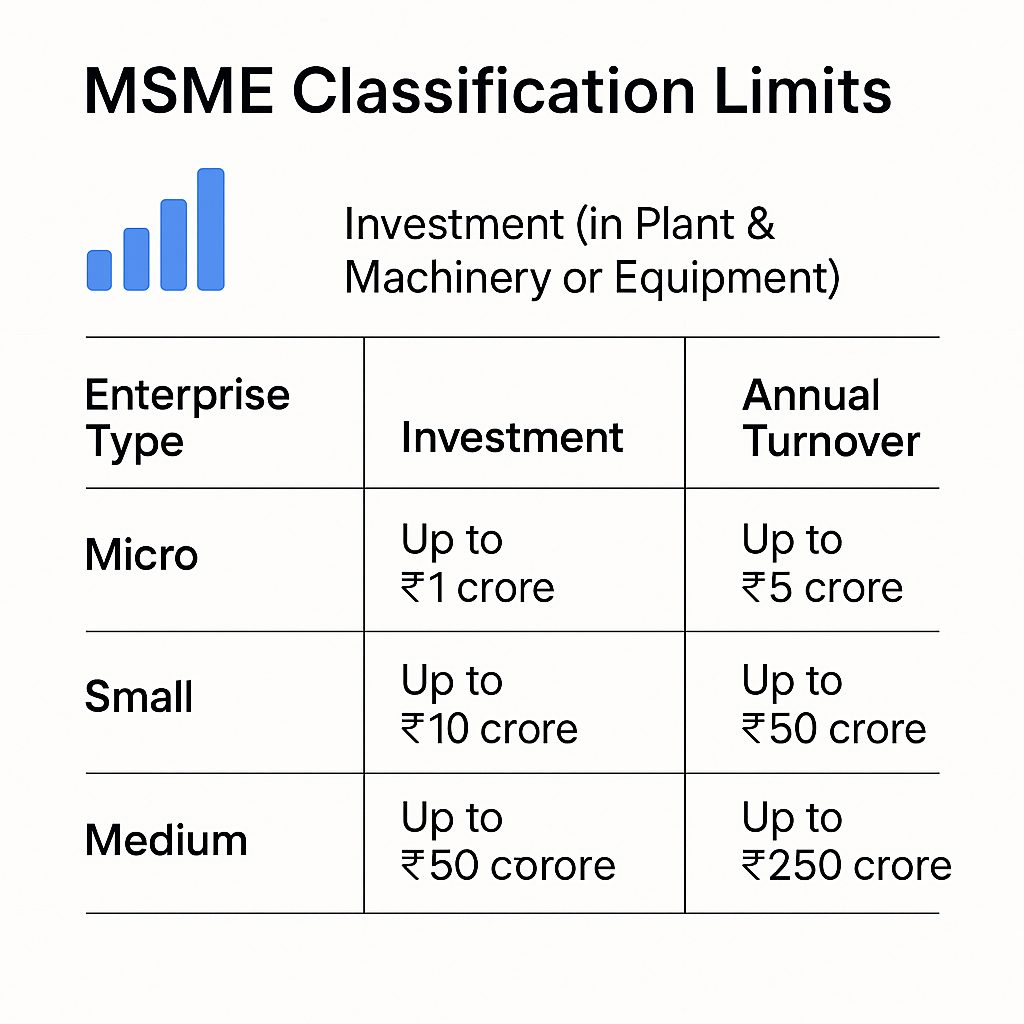
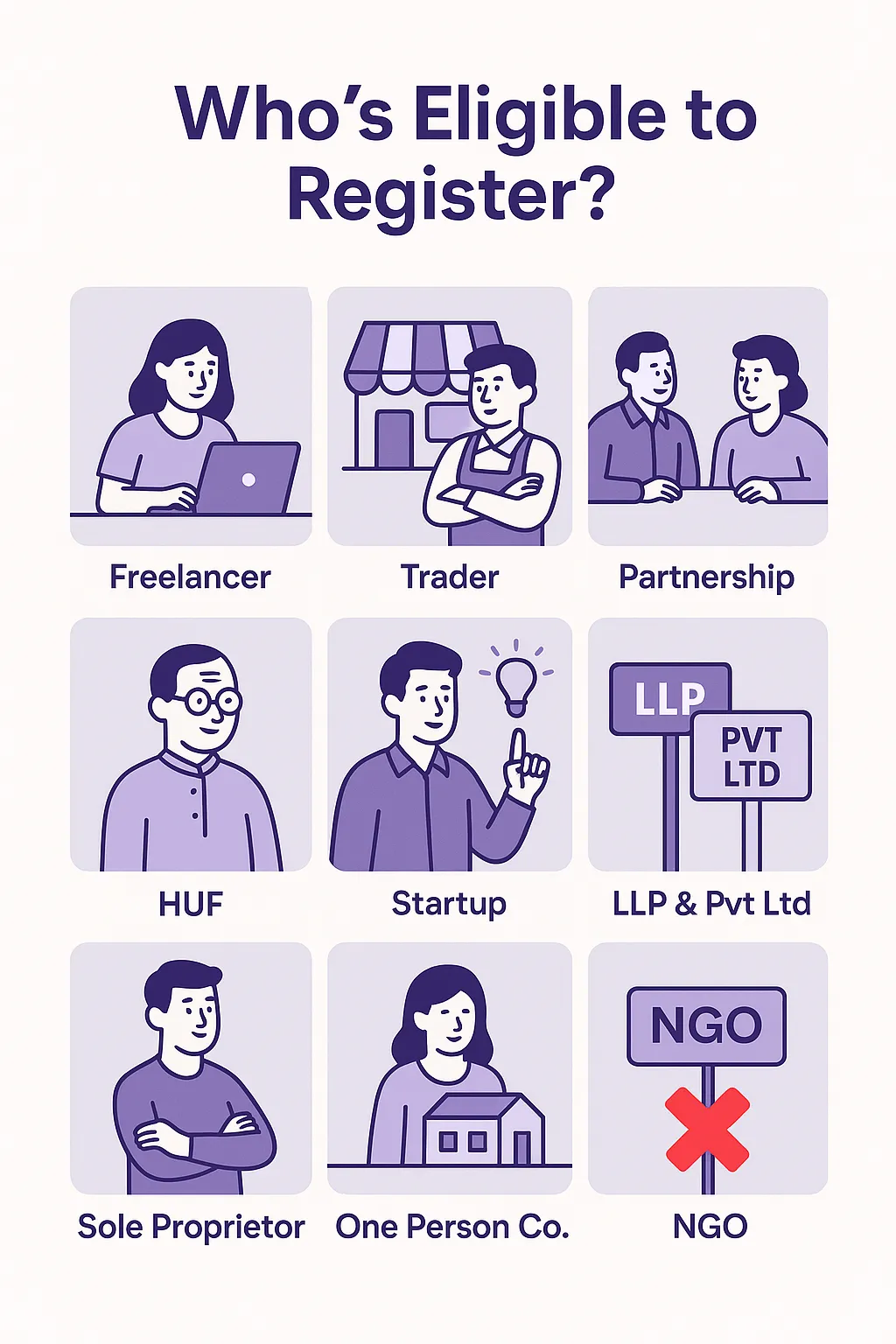
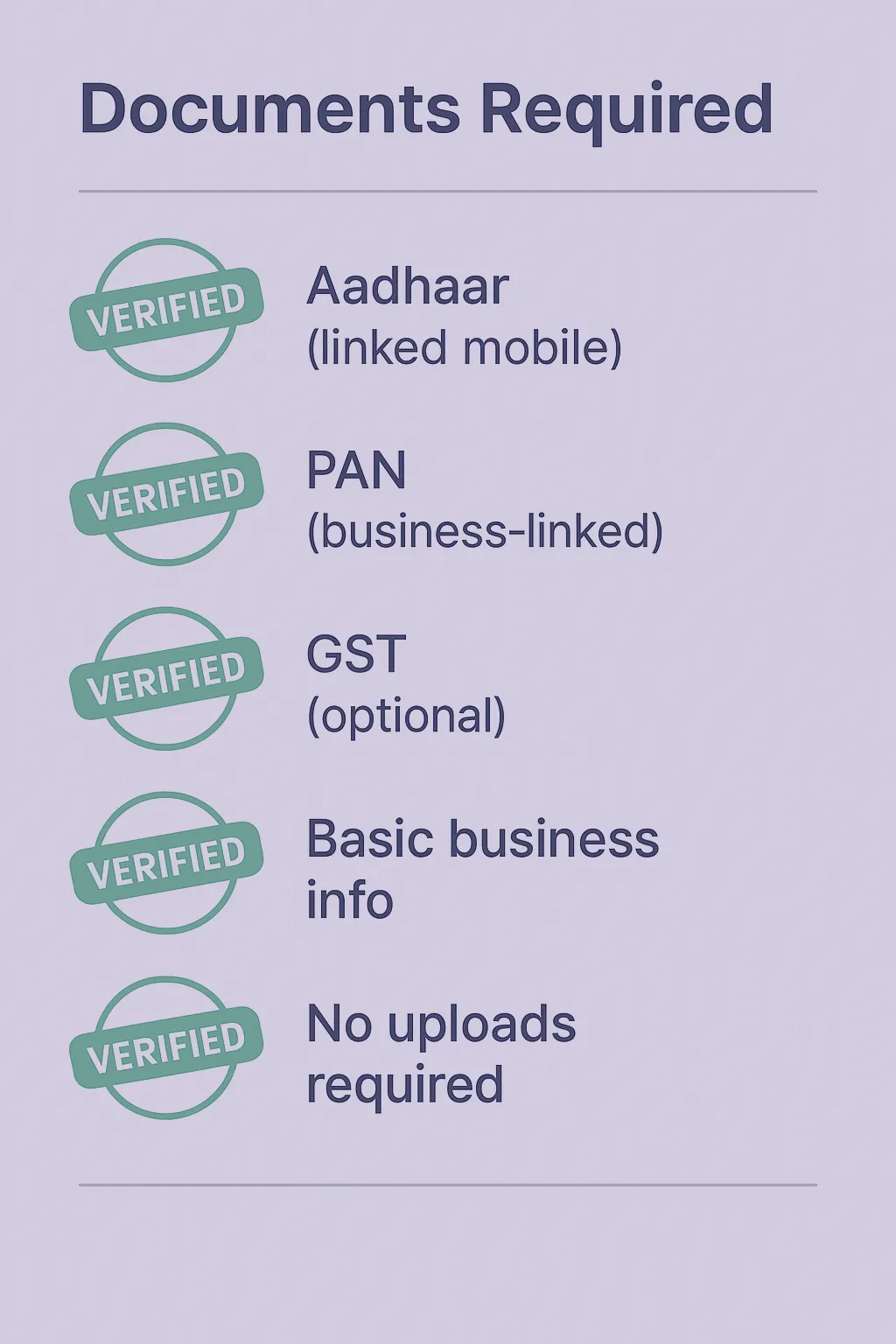
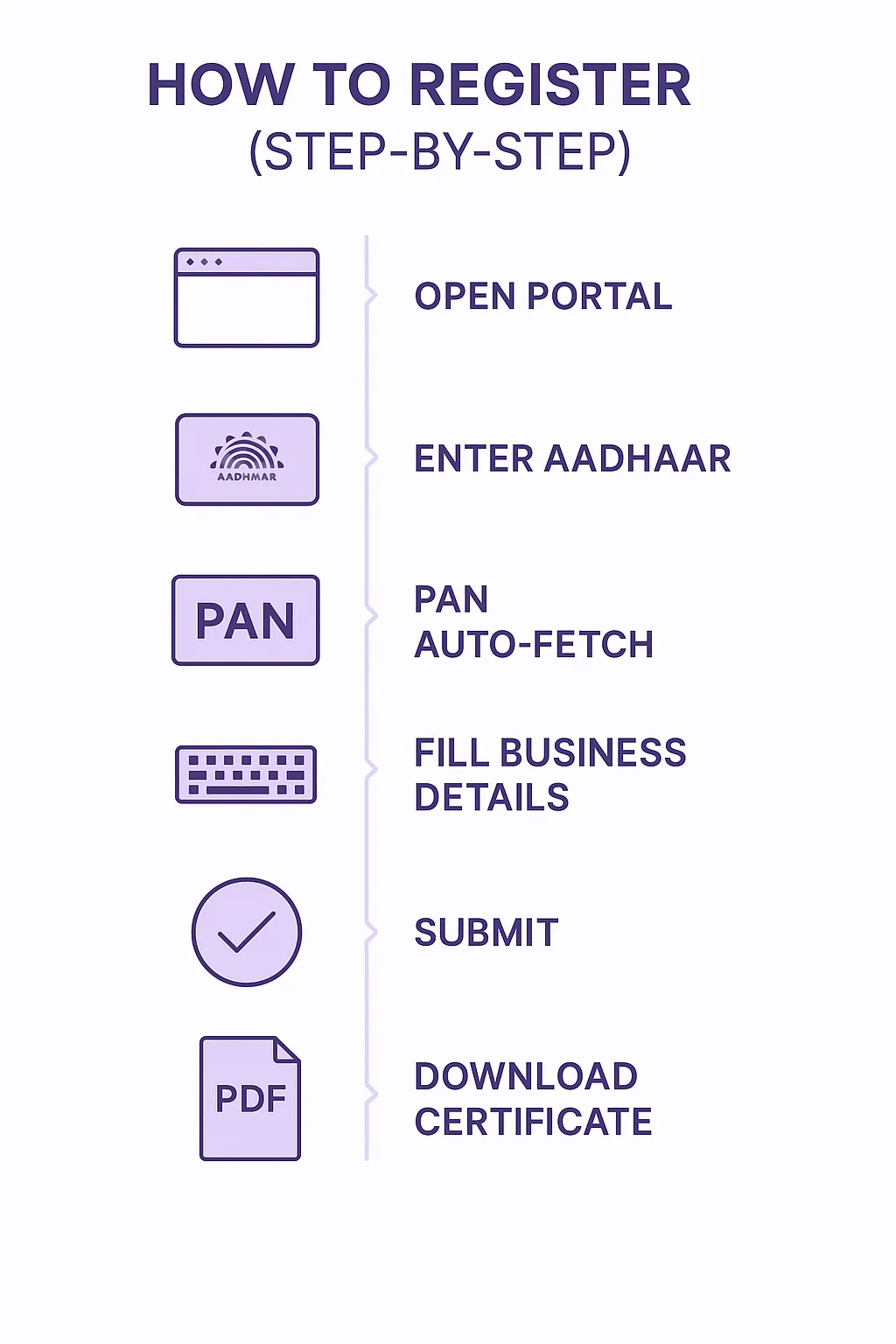
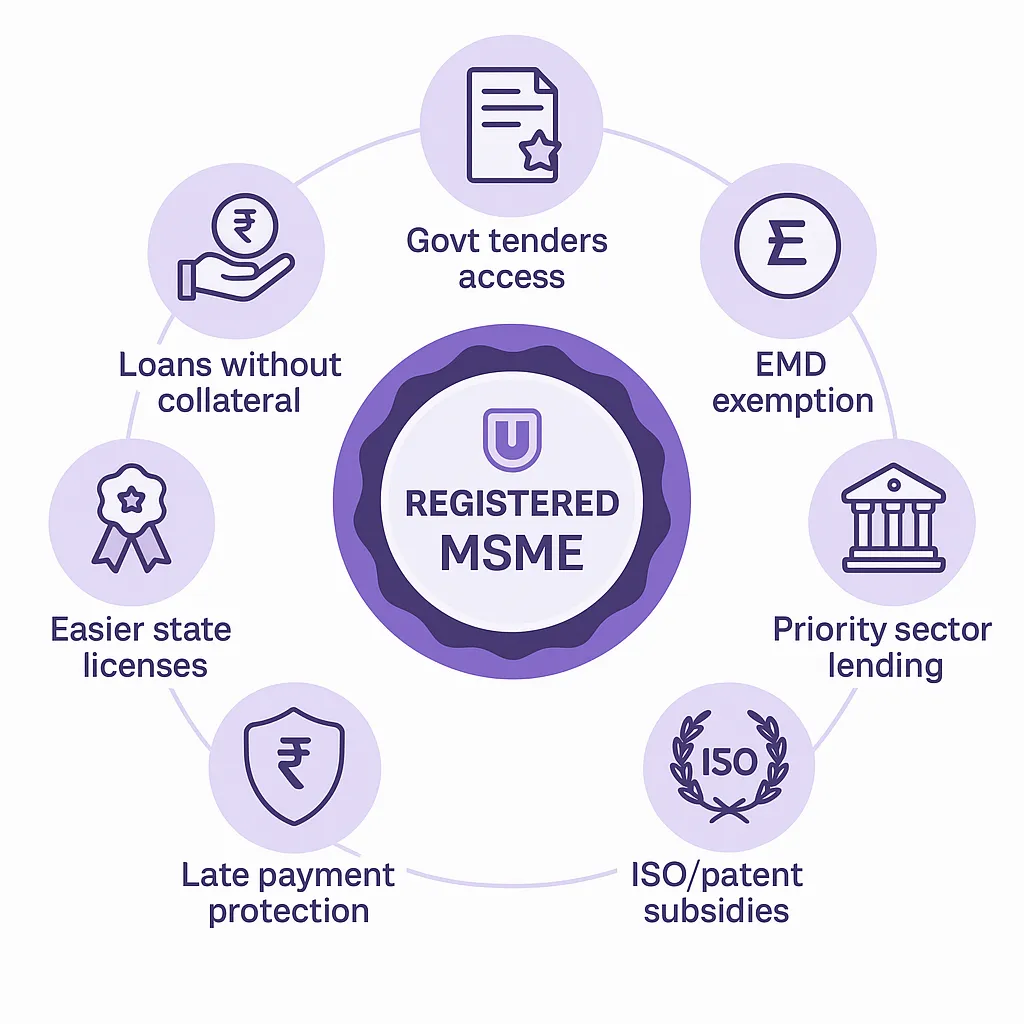




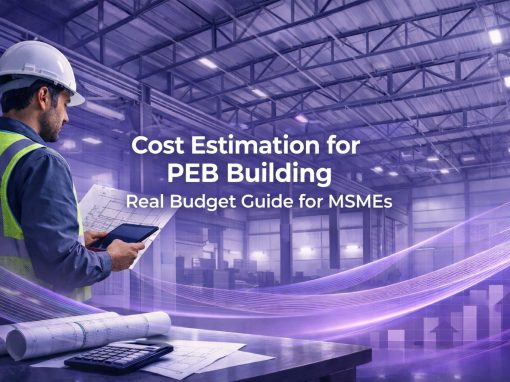

Appreciate the update on the inclusion of wholesalers and retailers under MSME classification since July 2021. This benefits many businesses such as mine. You mentioned some ineligible business types like forestry and agriculture in the article. Can you give a more comprehensive list of ineligible activities to avoid any confusion?
Dear sir,
I am msme regd enerpreneur doing wholesale business of trading of different wood items like ply,board,MDF and likely to start manufacturing of handicrafts.My items are supplied to exporters.I am having factory plot at govt. Ind.estate.Electric power connection 25 hp under SIP catagory i.e.small scale ind .Electricity board object that power to be used for mfg only irrespective of registration under msme or udhyog aadhar else convert catagory under non domestic ,the rate is higher per unit.kindly light upon the rebate to be incured by msme
Does the portal have a Marathi language option for entrepreneurs in Maharashtra who might be more comfortable registering in their native language?
No i dont think..The portal is primarily available in English. However, several resources and guides in Marathi are available online to assist Marathi-speaking entrepreneurs with the registration process. pls check that out
Sir,
I have a dry fruit and chocolate store and need funds to grow my business…
This is registered on my husbands name.
Need to registering our two companies related with educational items to msme.
Where can I apply?
What will be required documents?
What are the charges for registrations.
Mahamariyamman cable tv
Kolandannagar ,
Vattamalai north,
Valayakkaranoor(po),
Sankari(tk),
Salem(dt),
638183.
Jaya, Is there anything I can help you with? You posted your address, but didn’t get the question. Pls share your query.
Sir, I am planning to start mixed cattle feeds. I have some doubt about it. My business is based on cow feeds. I buy the wheat flakes, fine bran, pellets and some husks that all mixed with some percentage.
1.Can I apply for msme?
2. Is fssai certificate mandatory?
Yes, you can apply for MSME registration.
FSSAI registration might be mandatory depending on your turnover. This is mandatory if your annual turnover is less than Rs. 12 lakhs. This applies to businesses with a turnover between Rs. 12 lakhs and Rs. 20 crore.
As of December 2019, FSSAI directed that animal feed for food-producing animals (like cows) must comply with BIS standards. This might require BIS certification for commercial production.
What is the minimum annual turnover for msme regeneration?
Business type is timber sale depot joinery unit and wooden and all type of furniture
sir , am form chennai tamilnadu . i want to construct for warehouse for rental business , for this if i go with MSME what are the benifits can i get , please guide.
Flower market?
Sir,
Is a professional course training, consulting firm eligible to register as MSME?
Sole proprietorship with retail sales of fibreglass material can be eligible?? No plant and machinery.
Can an online courier services be registered under MSMe
क्या 1 लाख से 5 लाख के उद्धमी MSME मे REGISTRATION करवा सकता है।
Yes, you can get MSME registration done.
Hai everyone,
Past 5 years am running a gold finance in kerala, do i need to register in this portal
If u knw somebody plz share the details